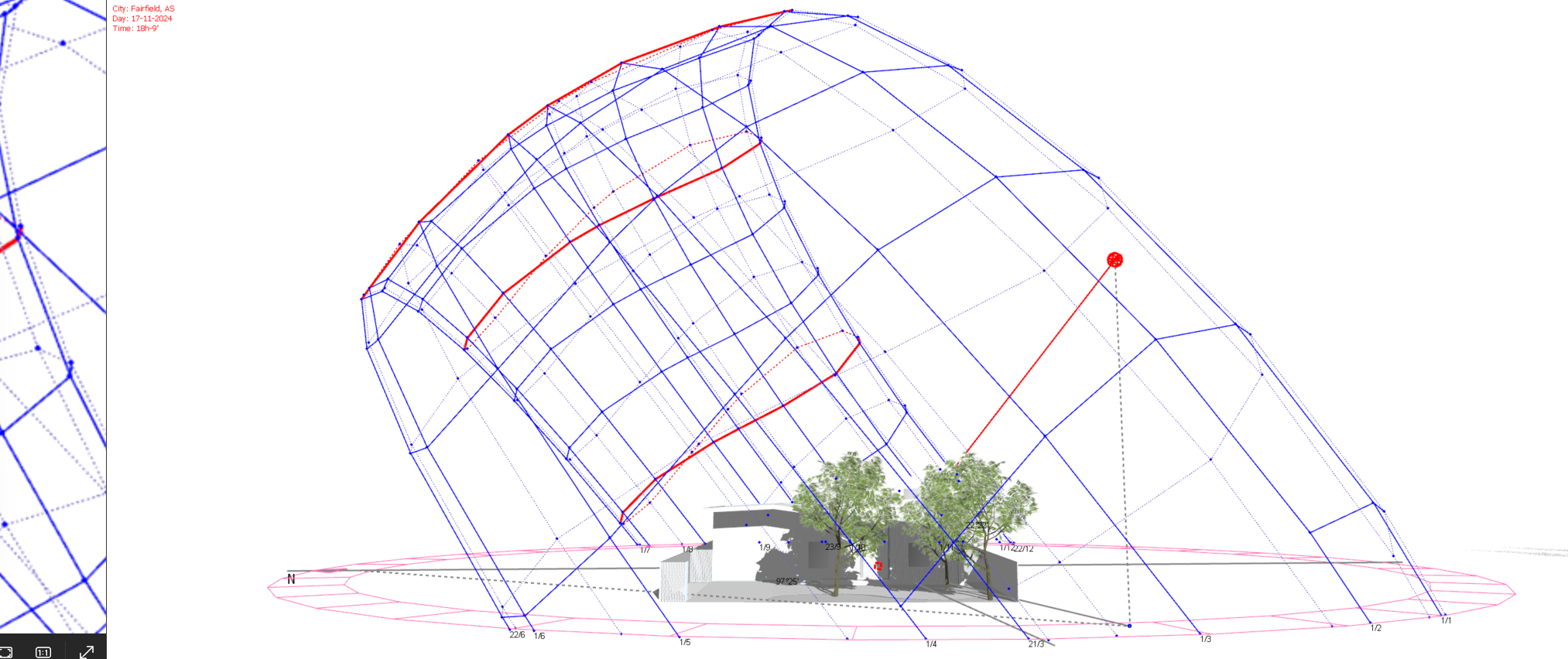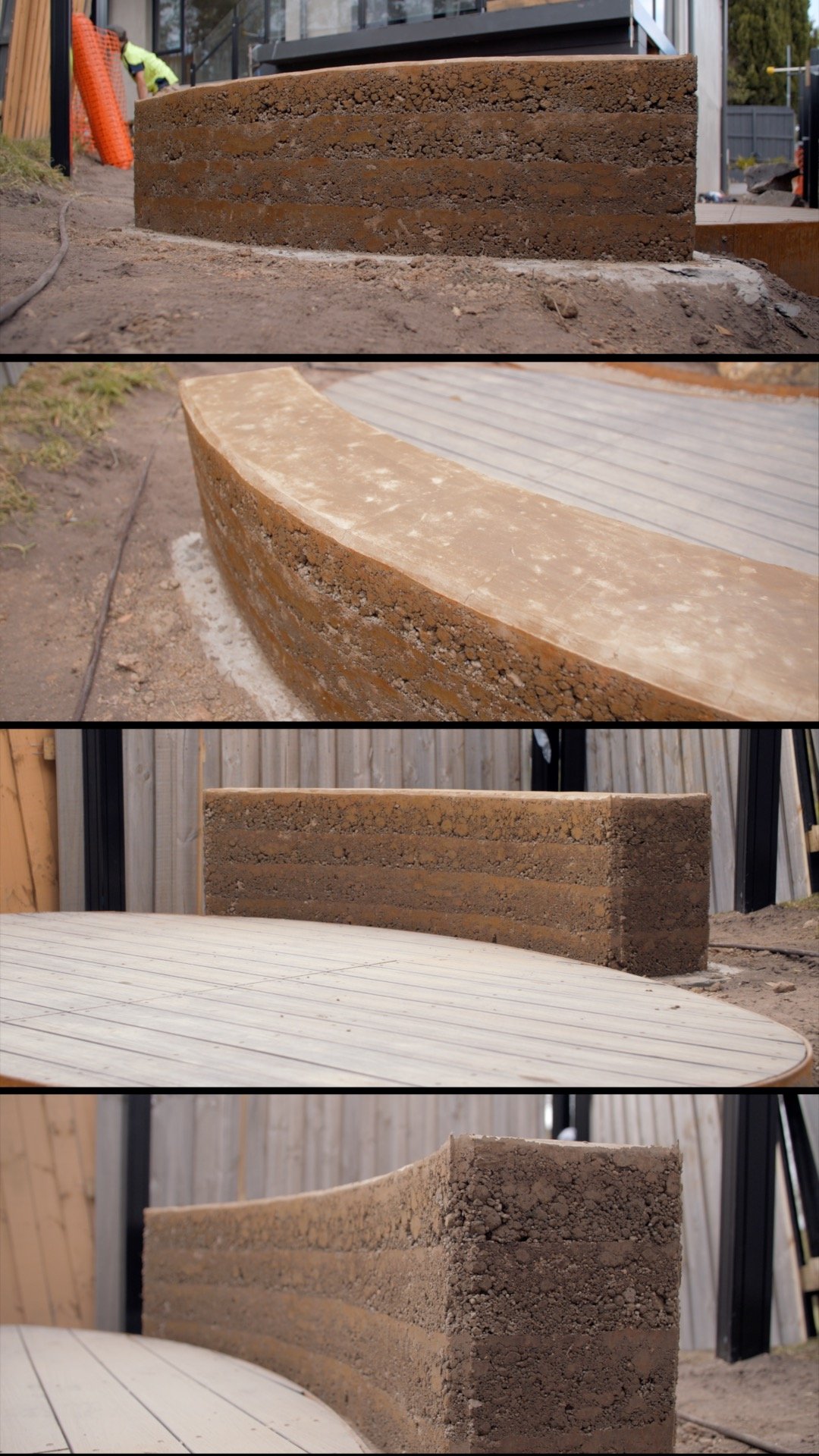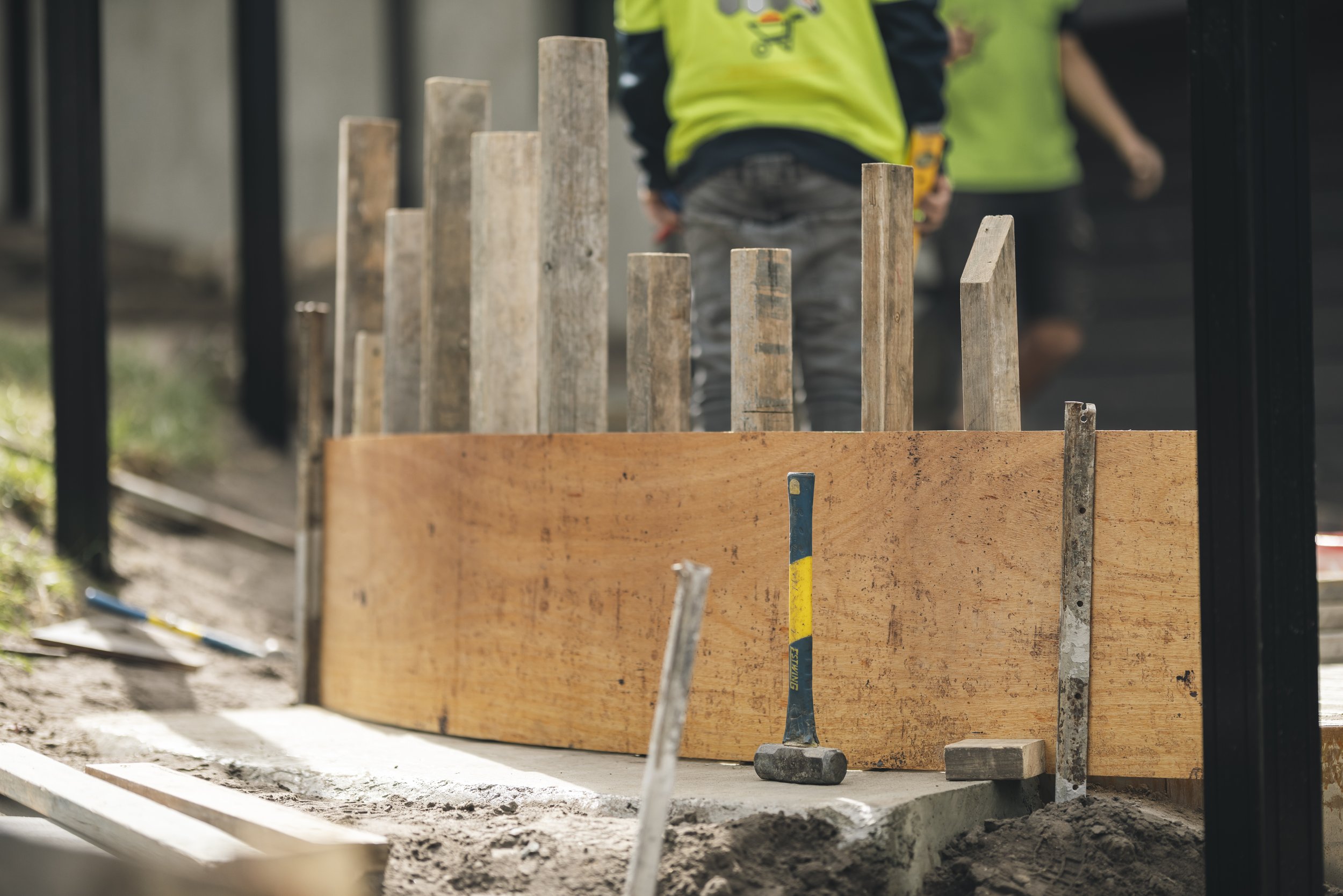-
 1/8/25
1/8/25A Single Lantern Can Change Everything: Why Garden Lighting Matters
One beautiful lantern, thoughtfully placed, and suddenly your garden feels different. Softer. Warmer. More inviting. It’s a small investment — but one that can completely transform how you experience your outdoor space after dark.
-
29/6/25
From Vision to Reality: Why the Design and Quoting Phase is the Most Valuable Part of the Process
One of the greatest misconceptions in landscape design is that once a plan is drawn, the rest just falls into place. But in truth, the most important work often happens in the space between the first concept sketch and the final quote approval. It’s here — in the refining, re-quoting, and realigning — that the project truly begins to take shape.
-
 24/5/25
24/5/25Getting it Built Right: Project Management During and After the Landscape Design Process
At Platylobium, we’re here for the full journey — not just the design phase. From the moment we begin crafting your landscape vision to the day the last plant is in the ground, our process is about keeping things grounded, informed, and collaborative. We’re not just designing a dream garden; we’re making sure that it gets built — on time, on budget, and with no surprises.
-
 6/3/25
6/3/25Collaborating to produce a gorgeous garden without the cost blowouts
At Platylobium Landscape Design, we really value having great relationships with our clients, our network of other designers, and the trades we work with on our projects to create Modern Australian Native Gardens.
-
-
 8/1/25
8/1/25How Native Garden Design Adds Value to Your Property
A well-designed garden is more than just a beautiful space—it’s an investment that enhances your property’s value, functionality, and appeal. For Australian homeowners, choosing a native garden design brings an array of benefits that extend far beyond aesthetics.
-
 30/11/24
30/11/24Small Trees for Modern Australian Native Gardens
At Platylobium Landscape Design, one of the things that we always consider is how we will include vertical layers in a garden. This layering effect can be the difference between a run-of-the-mill space versus a beautiful native landscape design.
-
 23/11/24
23/11/24Thoughtful Green Garden Gifts for Christmas
The festive season is here, and what better way to show your love than with gifts that nurture, inspire, and grow? At Platylobium Landscape Design, we’ve curated a list of the best Christmas gifts for garden lovers to make your holiday shopping easier and more meaningful. Whether your loved ones have a small landscape garden design or are passionate about transforming their outdoor spaces with native plants, these thoughtful presents are sure to delight.
-
12/11/24
Why Choose Acacia genistifolia for Your Native Landscape Design?
Plant of the Week: Acacia genistifolia (Spreading Wattle)
At Platylobium Landscape Design, we’re dedicated to crafting biodiverse, sustainable landscapes that enhance our unique Australian environment. This week, we’re highlighting a standout plant for any Melbourne garden looking to support native wildlife and bring natural beauty into modern Australian native gardens: Acacia genistifolia, commonly known as Spreading Wattle.
-
 26/10/24
26/10/24Nadia’s Top 5 Philosophies Behind Platylobium Landscape Design
Designing gardens with beauty, balance, and resilience in mind, Platylobium Landscape Design brings a unique approach to every project. Here are five guiding philosophies that Director Nadia Cole believes shape every garden into a thriving, functional, and sustainable landscape:
-
 4/1/24
4/1/24The Power of Trees: the role of strategic placement in regulating indoor temperatures
There’s no denying it - summers are getting hotter. Fortunately, nature offers us a powerful ally in maintaining comfortable indoor temperatures in the form of the humble tree.
As we all know, trees provide shade. But what many people don’t consider is how we can make smart decisions about trees to help regulate indoor temperatures. By choosing the right type of tree (deciduous, evergreen, dense canopy, light canopy) and using strategic placement, we can manipulate the amount of sunshine that is making it into the home.
A simple way to reduce the need for active heating and cooling is by using deciduous trees. Positioned carefully around the home, they provide shade during hot summers, shielding buildings from direct sunlight and blocking hot afternoon sun from coming through windows. As the seasons change, they shed their leaves, allowing sunlight to filter through during the cooler months, thus aiding passive solar heating. This natural cycle helps regulate indoor temperatures by reducing the need for excessive heating or cooling, consequently lowering energy bills. It is also possible to use evergreen trees for seasonal shading that allows low-angled winter sun to penetrate beneath the tree canopy. This however requires precise placement which can be tricky to achieve.
Apart from temperature regulation, trees also contribute to improved air quality and overall well-being. They absorb carbon dioxide, mitigate pollution, and release oxygen, creating a healthier environment indoors and out. In addition, trees enhance the aesthetic appeal of a property, increasing its value and creating a tranquil outdoor space.
One last note - consideration should be given to growth patterns of the selected trees. Using trees that have non-invasive root systems and manageable sizes is essential to avoid structural damage to foundations, footpaths, or utility lines.
When thoughtfully incorporated into landscaping plans, trees become invaluable allies in creating energy-efficient, sustainable homes while simultaneously contributing to a greener environment. Embracing the power of trees isn't just about aesthetics—it's a smart, eco-friendly choice with far-reaching benefits for homeowners and the planet alike.
At Platylobium Landscape Design we use 3D computer modelling to take the guesswork out of strategic tree placement. See our next post for more!
-
 28/11/23
28/11/23Collaboration makes it happen.
In the last couple of years Platylobium Landscape Design and Sanctum Homes have been doing quite a bit of collaboration, so we thought we’d take a minute to explain why we think this works so well.
-
 19/12/23
19/12/23Celebrating Nature's Palette: Rammed Earth Walls Crafted with On-Site Soil, a Landscape Marvel
In the realm of landscape design and construction, few elements resonate with the beauty of the natural world quite like Rammed Earth Walls. These structures not only exude timeless charm but also boast sustainability, especially when the soil used for their creation is sourced directly from the site itself. Recently, in the scenic suburb of Glen Iris, a breathtaking seat came to life, courtesy of Atlas Concrete and Landscapes, using soil from onsite, and beautifully documented by the talented team at One Monkey Media.
The journey from conceptualization to realization of these rammed earth walls involves a careful choreography of design and construction, marrying ancient techniques with modern innovation. However, what sets this particular project apart is the utilization of soil obtained directly from the site. Every grain of earth used in crafting these walls was meticulously sourced from the very grounds on which this masterpiece now stands.
The process began with a discerning selection of earth materials rich in clay, sand, and gravel, all excavated from the local site. This deliberate choice not only ensured a harmonious integration of the structure with its environment but also highlighted the inherent beauty of the region's natural resources.
Atlas Concrete and Landscapes embarked on a meticulous process, layering the on-site soil mixture within formwork and compacting it with precision. This technique not only enhanced the walls' strength but also created captivating patterns and textures, each telling a unique story of the land from which it was drawn.
What makes these rammed earth walls truly enchanting is their seamless integration into the landscape. The colors and textures mirror the site's unique characteristics, displaying an array of earthy tones that evolve with the changing light throughout the day, a living testament to the beauty found in nature's raw materials.
Beyond their aesthetic appeal, these walls boast remarkable practicality and sustainability. Their thermal mass properties offer natural insulation, contributing to energy efficiency by regulating interior temperatures. Moreover, by utilizing locally-sourced soil, this construction approach significantly minimizes environmental impact, reducing the need for transportation and embracing a truly eco-friendly ethos.
The finished seat in Glen Iris stands not just as a stunning structure but as a testament to the harmonious relationship between human creativity and the environment. Its presence invites a profound connection with nature while showcasing the enduring beauty and sustainability of rammed earth construction using on-site soil.
The collaboration between Atlas Concrete and Landscape and Platylobium Landsape Design, has brought to life a remarkable creation. It serves as a beacon, inspiring us to embrace sustainable design practices that not only captivate but also honor the inherent beauty of our surroundings.
-
 29/11/23
29/11/23Glen Iris Construction Underway
We are very excited here at Platylobium Landscape Design - Altas Landscape and Concrete has started construction at our Glen Iris Design Project. See how it has all started.

